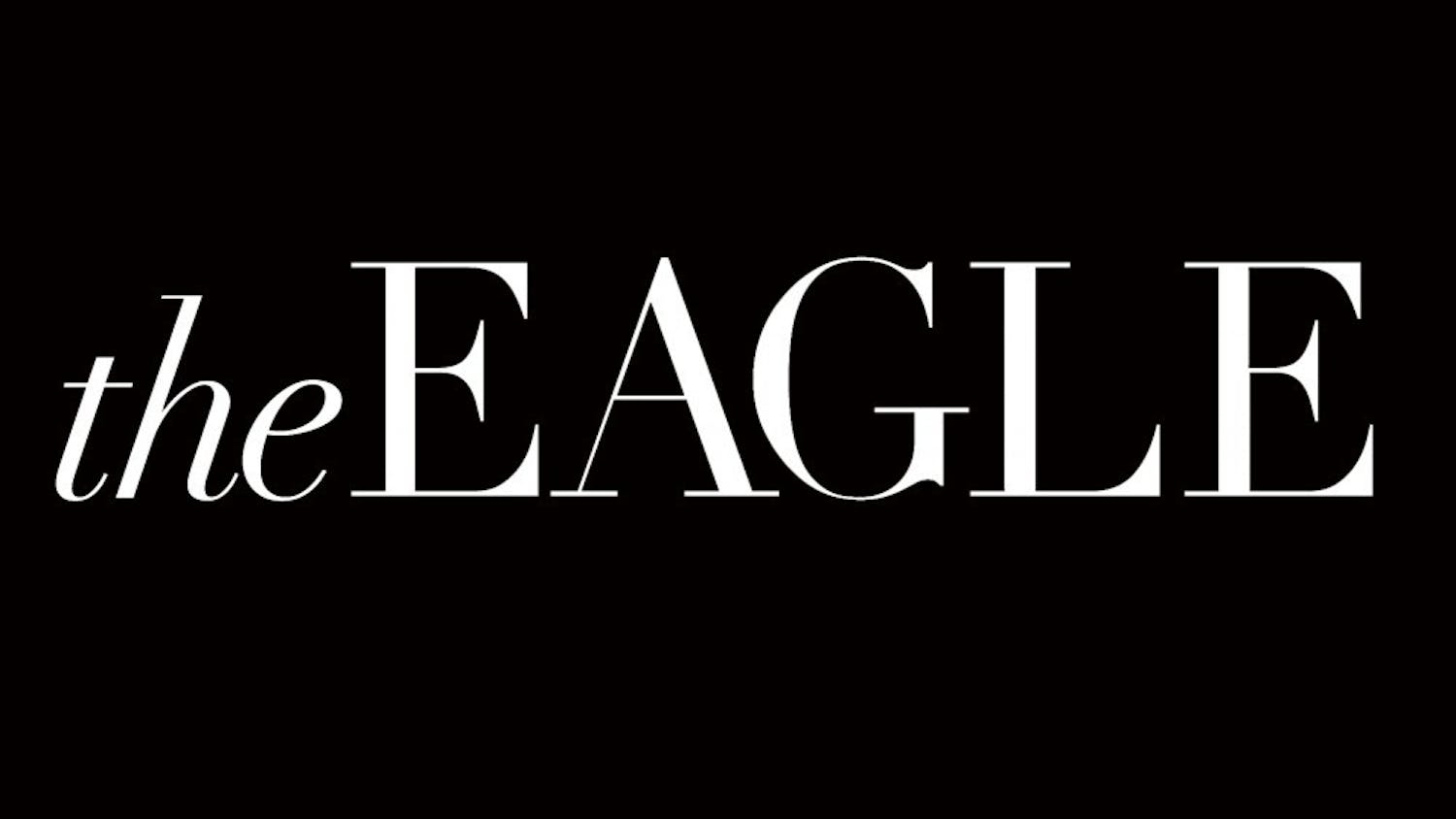The American dream is a bitter lie for thousands of students across our country today. Since 2000, the average cost of attending four-year public college has increased over 40 percent. Yet earlier this year, Congress cut $12 billion in student aid (enough to send 230,000 students to college for four years), allowed student loan rates to spike and refused to raise Pell Grants. Four out of every 10 American college students and more than half of African American and Hispanic borrowers are burdened with an unmanageable level of debt. What is "unmanageable," you ask? Financial experts define it is as a salary-to-debt threshold at which an individual is only able to repay his loans with significant economic hardship.
Between 2001 and 2010, an estimated two million academically qualified students will not go to college because they cannot afford it. Students able to attend will, on average, graduate with debt almost three-and-a-half times that of graduates a decade ago and enter the job market where the average job pays them less than it would have in 2000. Students are increasingly unable to keep pace with the climbing cost of living. College textbooks, for example, have tripled in price since 1986 and are becoming ever-larger culprits of student debt. The average college senior today graduates with $3,200 in credit card debt and $18,900 in student loans. One of the most startling figures reveals the true long-term costs of this debt: because of fast-growing interest rates, every dollar someone spends while living on student loans could cost $50 or more in the future.
So what does this all spell? Stymied possibilities. Student debt is outpacing the starting salaries of jobs in teaching and social work, making it virtually impossible for many debt-laden graduates to pursue careers in fields where they are desperately needed. Greater numbers of students are delaying major life decisions as a result of increased student debt. 38 percent of college grads delay buying their first house because of debt, while 14 percent delay marriage and having children as well.
It was not always this way. As tuition has doubled in the last two decades, the average Pell Grant award, the nation's premier program for helping low-income students pay for college, has shrunk to cover just 39 percent of the cost of a four-year college education. In the 1970s, it covered 84 percent. In the 1970s and 1980s, most federal aid was awarded in grants. Federal aid has since shifted away from grants to loans. This policy may save the federal government money and make more money for lending companies, but it prices thousands of students out of higher education.
As usual, such trends in economic injustice hit people of color particularly hard. In 1972, the college enrollment gap between white and African American students was only five percentage points. In 2000, that gap more than doubled to 11 percentage points. And beyond the federal government's failure to lessen the burden on students, state governments, faced with historic budget shortfalls, have slashed higher education budgets, which leaves public universities with no choice but to raise tuition prices. And raise they have. In the last year alone, 16 states mandated tuition hikes of 10 percent or higher at their four-year colleges.
So what's a struggling student to do? FIGHT BACK! Campus Progress, the student-organizing branch of the Center for American Progress, has launched the Debt Hits Hard Campaign to address this very issue. According to Campus Progress, three major steps must be taken in order to ease this burden. First, Congress should end corporate welfare that wastes billions of taxpayer dollars by providing incentives, if not mandating, for schools to utilize the direct lending system and cut out the middleman of private lenders. Second, Congress should ease the debt burden and save the average borrower $5,600 by cutting interest rates in half. Third, Congress should raise the maximum Pell Grant to $5,100 and initiate a public service ad campaign to raise awareness about financial aid resources in low-income communities.
Luckily, the new progressive leadership of the incoming 110th Congress has committed itself to cutting interest rates and raising the Pell Grant limit. Whether or not they will have the backbone to hurdle the formidable financial services lobby and push colleges toward direct lending and away from the bloodsucking phenomenon of private lending remains to be seen. The only way we can realistically attain all three of those highly desirable goals is if we all get involved. Visit www.debthitshard.org and find out more about the student debt crisis and how to get our leaders to fix the problem. Take those three demands to your congressional leaders, state leaders, and to our very own administration. Insist that American University becomes a direct lending institution for the sake of its students. Ultimately, all this high-minded blather about civility on campus doesn't amount to beans if we cannot even afford to be here.
Paul Perry is a senior in the School of International Service and a liberal columnist for The Eagle.




